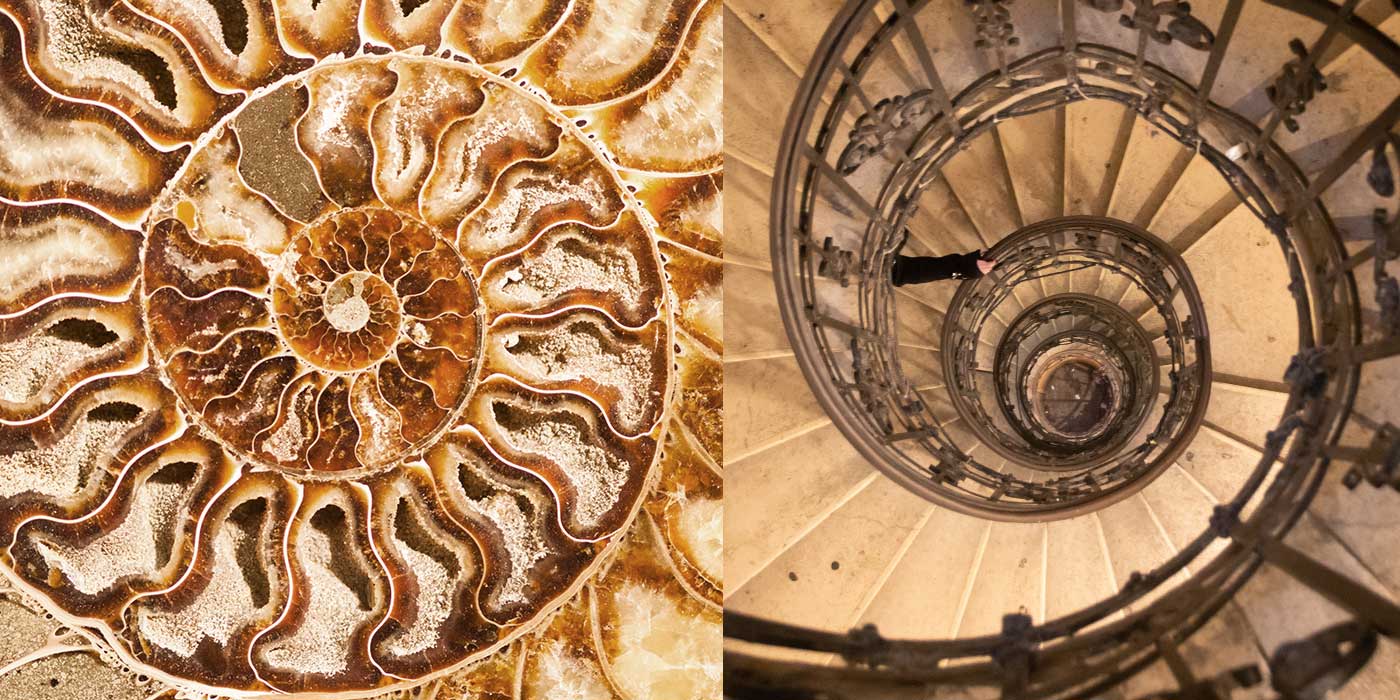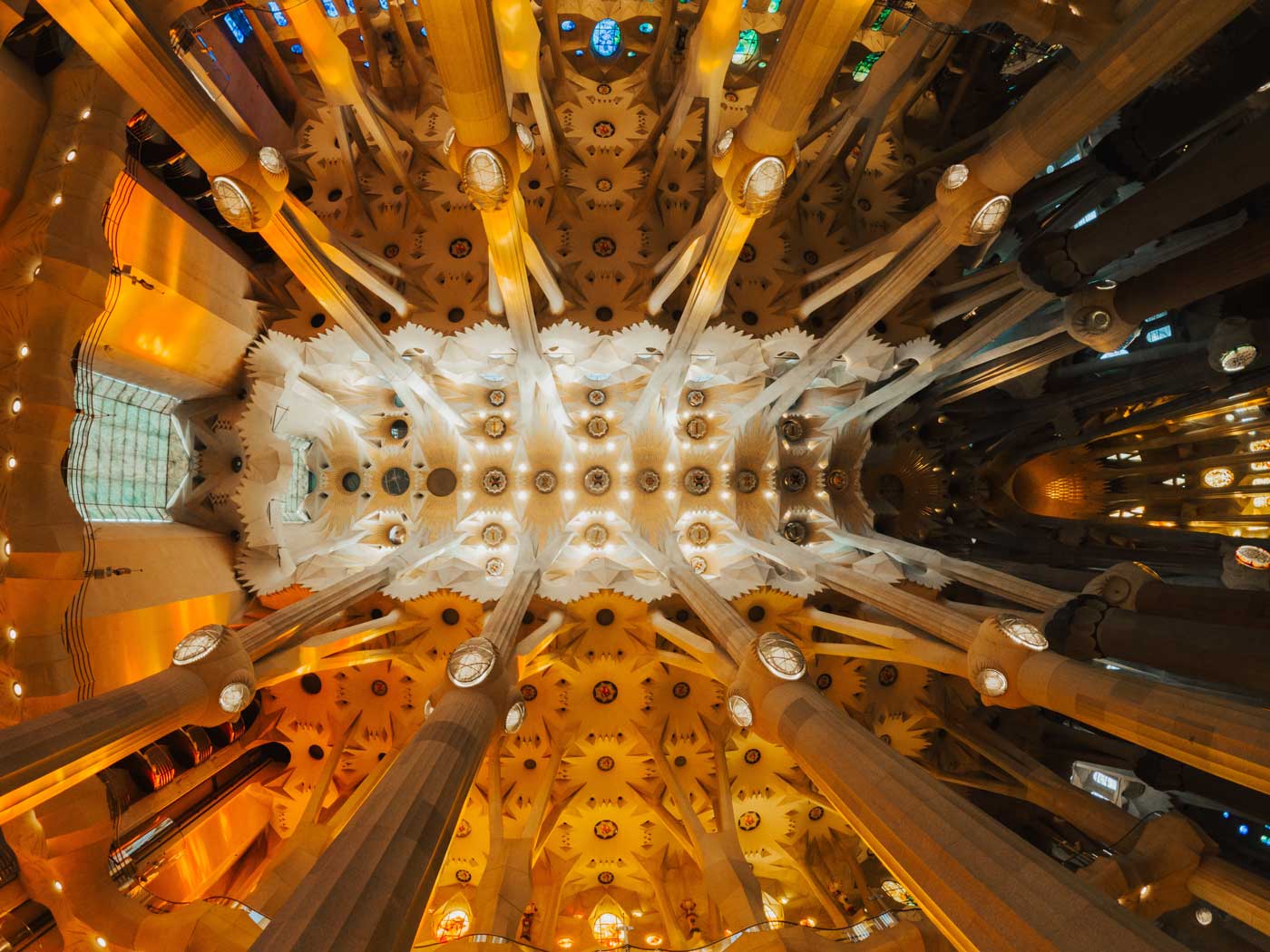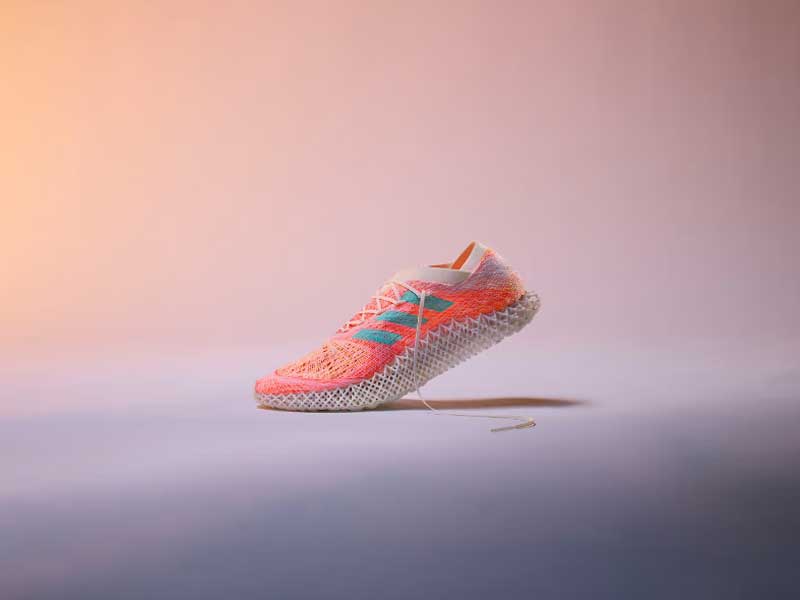DESIGN PATTERNS
Design Patterns in Nature
Designers, painters, musicians, and scientists who have recognized our interdependency with nature have taken us to new realms of knowledge, expression, and rich culture. Albert Einstein, Leonardo da Vinci, and Antoni Gaudi are just a few examples of individuals who developed a strong relationship with nature, harnessing its inspiration to revolutionize their fields.
As humans, we have shaped our civilization through observation and imitation. We learned how to camouflage by watching animals using the same tactics to survive predators. We created buildings designed to facilitate airflow, ventilation, and cooling methods based on termite mounds. Tree branches inspired us to develop sophisticated water irrigation systems to withstand storms and extreme weather conditions.
And graphic design and branding? Have they also been influenced by organic patterns and nature’s design principles?
In this article, we will explore the influence of nature on architecture, graphic design, product design, and brand recognition, and we will share examples of brands that have infused organic elements of form, color, and symbolism into their identities.
DESIGN PATTERNS - BIOMIMICRY
What is Biomimicry?
According to Janine Benjus, author of “Biomimicry: Innovation Inspired by Nature”:
“Biomimicry is about taking cues from nature’s genius and applying them to human design, revolutionizing our approach to problem-solving.”
The term was officially coined in 1997 after Ms. Beyfus introduced the movement, but, as mentioned, observation and imitation of nature’s designs have occupied a significant role in our human creative capacity.
Ancient civilizations recognized and observed nature’s architectural marvels and adopted its designs into societal structures.
For instance, in the Kayapó indigenous community from the Amazon, bees are teachers who share with them many principles that became the foundations of their society. The honeycomb structure, for example, was used to develop solid and efficient houses and buildings. Similarly, Romans studied the strength and durability of coral reefs to develop their concrete-like structures, which still stand strong today. Roman aqueducts also incorporated organic water distribution patterns and succeeded in optimizing such valuable resources in villages and towns. Nature’s influence transcends cultures, offering pathways for evolutionary progress and survival, and biomimicry has occupied a significant role in our cognitive and psychological development due to its intimate connection with our capacity to observe, think, process, and adapt to our surroundings.

When placing photos like the one above side by side it is easy to conceive that architects may have drawn inspiration from the shell in designing staircases. However, spiral stone staircases, particularly those found in medieval architecture, were not directly influenced by fossil shells. The design of spiral staircases in medieval buildings was primarily driven by architectural and practical considerations rather than inspiration from natural forms like fossil shells.
The construction of spiral staircases in medieval times was influenced by factors such as available space, structural stability, and defensive considerations. Spiral staircases were often built within the thickness of the walls, allowing for efficient use of space and providing structural support to the building. The spiral design also helped conserve space and allow for easy navigation in tight and vertical spaces.
While the specific design of spiral staircases in medieval architecture may not have been directly influenced by fossil shells, it’s worth noting that architects and builders throughout history have drawn inspiration from nature in various ways. Natural forms, including shells, have often served as a source of inspiration for architectural ornamentation and decorative motifs. However, the direct influence of fossil shells on the design of spiral stone staircases in basilicas or medieval buildings is not a commonly recognized association.
DESIGN PATTERNS - ARCHITECTURE
Organic Patterns in Architecture
Indeed, nature’s problem-solving mechanisms have long captivated our creative spirit. Leonardo da Vinci, the visionary artist, and inventor, is an excellent example of how by observing natural patterns and through their correct adaptation to the proper context, we can excel in our human capabilities.
Leonardo was deeply fascinated by flight mechanics and sought natural inspiration to unlock the secrets of human flight. Through his extensive study of birds and their flight patterns, he applied the principles of biomimicry to develop innovative designs and concepts far ahead of his time and strongly influenced our airplanes and helicopters today.
True innovation is not only about creating new solutions to common problems but also refining processes and ideas and improving them so we can adapt better to challenging environmental conditions. Architecture is a clear example. Honeycomb structures inspired air cooling systems. Mud brick rammed earth, compressed earth block, and other earthen construction methods are used to keep freshness and warmth within a building. Some water irrigation systems are inspired by leaf designs that succeed at distributing moisture evenly along their surfaces.
La Sagrada Familia in Barcelona, Eastgate Centre in Zimbabwe, and the Shangai Tower in China are among some of the most recognized architectural designs inspired by natural elements, such as pine cones, termite mounds, and tree roots.

DESIGN PATTERNS - GRAPHIC DESIGN & BRANDING
Patterns in Nature Adapted to Graphic Design and Branding
Graphic designers have long recognized the wealth of innovative solutions found in nature. It only takes a walk in a nearby forest to recognize its claiming effect on our psyche and ignite our creative process when we are stuck in the same thinking patterns.
Indeed, natural colors and organic shapes and designs can profoundly influence our psyche and evoke various feelings. Advertising, graphic design, and branding have harnessed this understanding through psychological studies to create powerful visual identities and position themselves permanently in the minds of their consumers.
Examples of brands incorporating natural elements and values into their brand communication are varied. Here are some:
Organic forms and shapes
Indeed, we can start with Apple. Its iconic bitten apple logo showcases a simple and organic form. The smooth curves and rounded shape of the apple fruit mean innovation, creativity, and a user-friendly approach. We find another excellent example in the Mozilla Firefox logo with its stylized fox wrapped around a globe. The fox’s fur and tail’s flowing lines express movement and energy and communicate the brand’s speed, agility, and global reach while remaining warm and protective.
Color palettes
As graphic designers, we are aware that colors express emotion. Airbnb’s logo and branding incorporate a varied and vibrant color palette inspired by nature. The company’s primary colors include deep sky blue and coral pink, reminiscent of sunrises, sunsets, and tropical destinations. And, indeed, when are we more available and receptive to watching sunrises and sunsets? Holidays of course are the answer.
Airbnb’s color palette evokes feelings of relaxation, joy, and adventure, sharing the core emotional values of the brand with its palette.
The North Face also adopts earthy and nature-inspired color palettes into their designs. Blue, brown, and green express the essence of forests, mountains, and rivers. Such colors evoke a sense of natural connection, adventure, awe, and wonder, and the outdoor apparel company adopted them into their clothing and equipment lines.
Patterns and Textures:
Natural textures have been explored in branding and graphic design for decades. Clothing brand Patagonia incorporates natural patterns and textures into its designs. The brand’s signature Synchilla fleece features patterns that mimic the texture of mountain ranges or the intricate patterns found on rocks, perhaps intended to awaken a sense of adventure.
Burt’s Bees, a natural skincare and beauty brand, also includes natural textures in its packaging and branding. They often find inspiration in earthy and organic textures like wood grain, floral patterns, and honeycomb-inspired designs. These textures reflect the natural ingredients used in their products and create a visually appealing and cohesive brand identity.
Emotional and Instinctual Connection:
The smoothies and healthy juices category usually excels for its clean, playful, and nature-inspired branding. Their packaging and branding include illustrations of fruits, leaves, and vibrant colors, sharing a sense of freshness, purity, and a connection to the natural world.
Jaguar also uses animal values to transmit power, authority, and elegance in their cars, recognizing the emotional meaning behind the symbol and infusing it into their brand identity and communication.
Such values - symbols of transference between the animal and plant world have long been studied and used since storytelling became part of our culture.
DESIGN PATTERNS - PRODUCT DESIGN
What About Design Patterns in Shoes?
Adidas has been working committedly to develop shoes made of 100% biodegradable material. For this purpose, they have been experimenting with different designs inspired by nature. For instance, a German biotech company created one of Adidas' prototypes with Biosteel fiber, a material designed in their laboratory that aims to imitate spider silk, allowing the shoe to be robust, lighter, resistant, and 100 percent bio-sourced.
On the other hand, Nike came up with nature-inspired running shoes for the Jamaican athlete Asafa Pawel for the 2008 Beijing Olympic Games. Their Nike Zoom Aerofly is an efficient aerodynamic design that took the speed of a cheetah feline as an inspiration to enable the Jamaican sprinter to break records in the 100-meter competition.
ASICS, the Japanese running shoe brand, is another excellent example. Kihachiro Onitsuka, a former Japanese war veteran, and their founder, was eating an octopus salad and observed how the octopus tentacle could stick to the bowl's surface. And Eureka!
Inspired by his observation, he decided to develop one of the first ASICS models designed for athletes that will allow them to have more traction and speed at the same time during training and competition: the world-famous Onitsuka tigers.

DESIGN PATTERNS
When it Comes to Creation, Keep Nature in Mind.
As designers, we can shape the world around us through our creative endeavors. And when it comes to creating, one invaluable source of inspiration lies right at our fingertips – nature itself.
Nature’s design patterns and systems have contributed immensely to developing graphic design, product design, and branding. By tapping into the beauty and effectiveness of nature’s creations, we can unlock a world of innovative possibilities.
Whether it’s the smooth curves of an organic form or the vibrant colors inspired by a sunset, nature captures our attention and resonates with our emotions. By infusing our brand identities with these natural elements, we create visual experiences that captivate and engage our audience deeper.
But it’s not just about aesthetics; it’s about understanding the underlying principles that make nature’s designs effective. Nature has spent millions of years perfecting its systems, adapting to its environment, and solving complex problems. By observing and learning from nature’s genius, we gain valuable insights into how to create solutions that are not only visually stunning but also efficient and sustainable.
When we embrace nature’s patterns, we open ourselves to a world of creativity and innovation. We forge a deeper connection with the world around us, recognizing that we are not separate from nature but an integral part of it. It’s almost as if nature becomes our teacher, guiding us towards designs that harmonize with the environment and resonate with the human experience.
By keeping nature in mind, you create visually impactful designs and contribute to a world where beauty and sustainability go hand in hand.
SOURCES AND REFERENCES
Interested in more?
airbnb.design // thenorthface.co.uk // sneakerspeculation.com // inverse.com // conceptkicks.com // speedendurance.com // sneakernews.com // asics.com


